Fujifilm X-M5 review – a tiny powerhouse
Fujifilm's new X-M5 is a dinky and stylish beginner mirrorless camera with a focus on video, delivering sharp 6K video recording in color-rich 10-bit. It also features 4K up to 60fps for cinematic half-speed effects, plus open gate video recording, which means the camera can take information from the full height and width of the 3:2 sensor, rather than being restricted to 16:9 or wider.
Open gate 6K video allows for a new 9:16 vertical video mode without you having to rotate the camera 90 degrees, with the new social media-focused mode cropping the central vertical portion of the frame at 1080p resolution, complete with handy preset recording times of 15, 30 or 60 seconds.
The X-M5 is also equipped with an improved wind filter and three internal directional mics, whereby you can employ any of those mics individually or together based on your video needs, with options for surround, front or back priority, or front and back priority. Alternatively, you can use an external mic for even better audio, connecting via the 3.5mm jack and securing it into the X-M5's hotshoe.
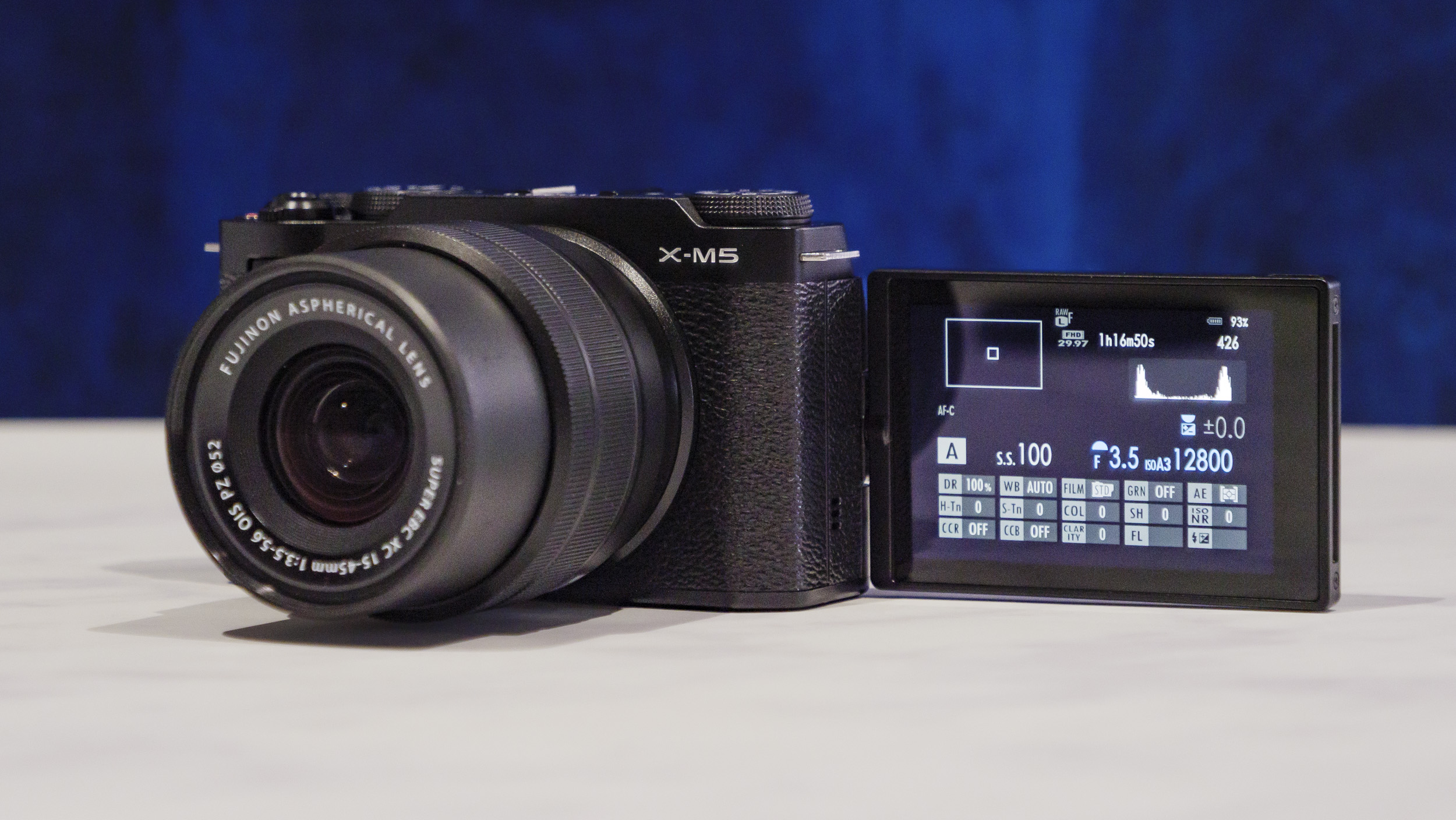
There are some well-considered design touches: the mic port has been positioned on the rear above where the screen sits, while the other ports are on the right-hand side of the camera rather than the left, which means they don't interfere with the flip-out touchscreen. As on the X-T50, you also get a film simulation dial for quickly switching between Fujifilm's legendary color profiles.
Price-wise, and indeed for a large part features-wise, the X-M5 matches and therefore sits alongside the photography-focused X-T30 II, and below the X-S20, as an excellent-value starter mirrorless camera for those who shoot more videos than photos. Yet with its tiny form-factor – this is the smallest X-series camera in 2024's lineup – the X-M5 is also a decent walkaround camera, say for street photography.
Given its low price, naturally there are compromises. The X-M5 does not feature in-body image stabilization, which you get in the pricier X-S20, and which is supremely helpful for smoothing out handheld videos.
That flip-out touchscreen is a lower 1.04m-dot resolution compared to those on other Fujifilm cameras, like the 1.84m-dot one on the X-S20, plus there's no viewfinder as on the X-T30 II, and so the X-M5 might not prove to be the easiest camera to use in bright light. Design-wise, the X-S20 is a better option for enthusiasts – it offers the best of the X-M5 and X-T30 II in one camera, and it has much better battery life plus image stabilization, although it costs a fair bit more.
In the few hours I had with the dinky X-M5 ahead of its launch I found that it's a highly capable little camera that's not for everyone, but for those starting out making videos it could be one of the most powerful tools available for the money.
Fujifilm X-M5: price and release date
- X-M5 body only: $799 / £799 / AU$1,449
- X-M5 with 15-45mm lens: $899 / £899 / AU$1,649
- On sale November 14
You'll be able to pick up the X-M5 with the 15-45mm kit lens for $899 / £899 / AU$1,649 when it goes on sale on November 14. If you don't need the lens, the X-M5 can be picked up body-only for a little less, at $799 / £799 / AU$1,449.
That price point matches the X-T30 II exactly, making the feature-rich X-M5 one of the cheapest mirrorless cameras available in 2024.
Fujifilm X-M5 specs
Fujifilm X-M5: design and handling
- Tiny and lightweight
- No viewfinder
- Film simulation dial
Tipping the scales at just 12.52oz / 355g, the X-M5 is one of the lightest mirrorless cameras around, and it's properly dinky too. I actually found it a little too small at times, regularly knocking controls, unintentionally taking pictures and so on, but I can certainly see the appeal of its tiny proportions, especially as an everyday walkaround camera.
I was testing the X-M5 with the 15-45mm lens, which is available as a kit with the camera, and is a decent pairing physically. With the camera's modest-sized handgrip and such a tiny body, Fujifilm's larger lenses will feel like a bit of mismatch, and the sweet spot will be smaller zoom and prime lenses – I'd especially like to try the X-M5 with the XF 27mm f/2.8 pancake lens.
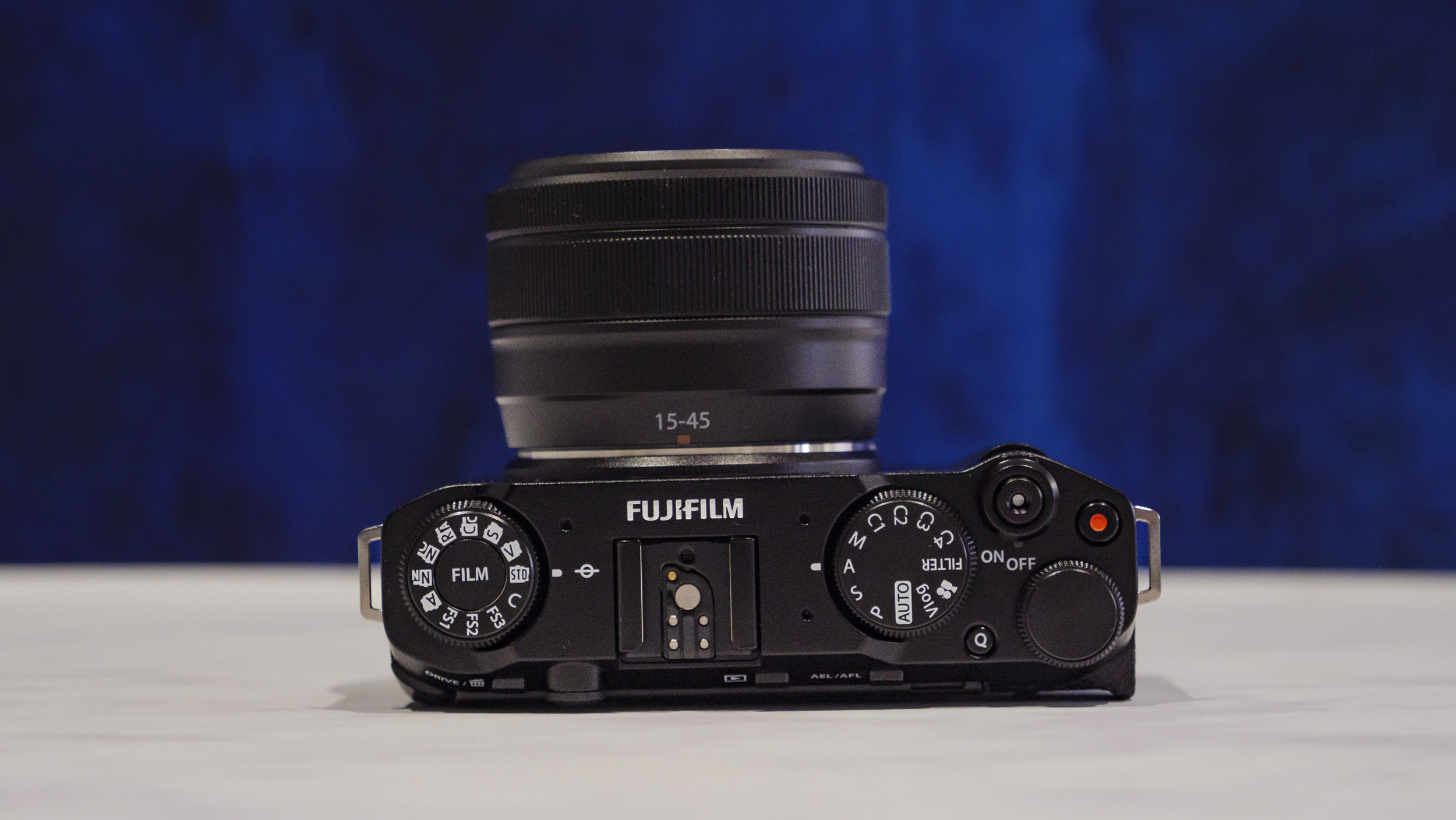



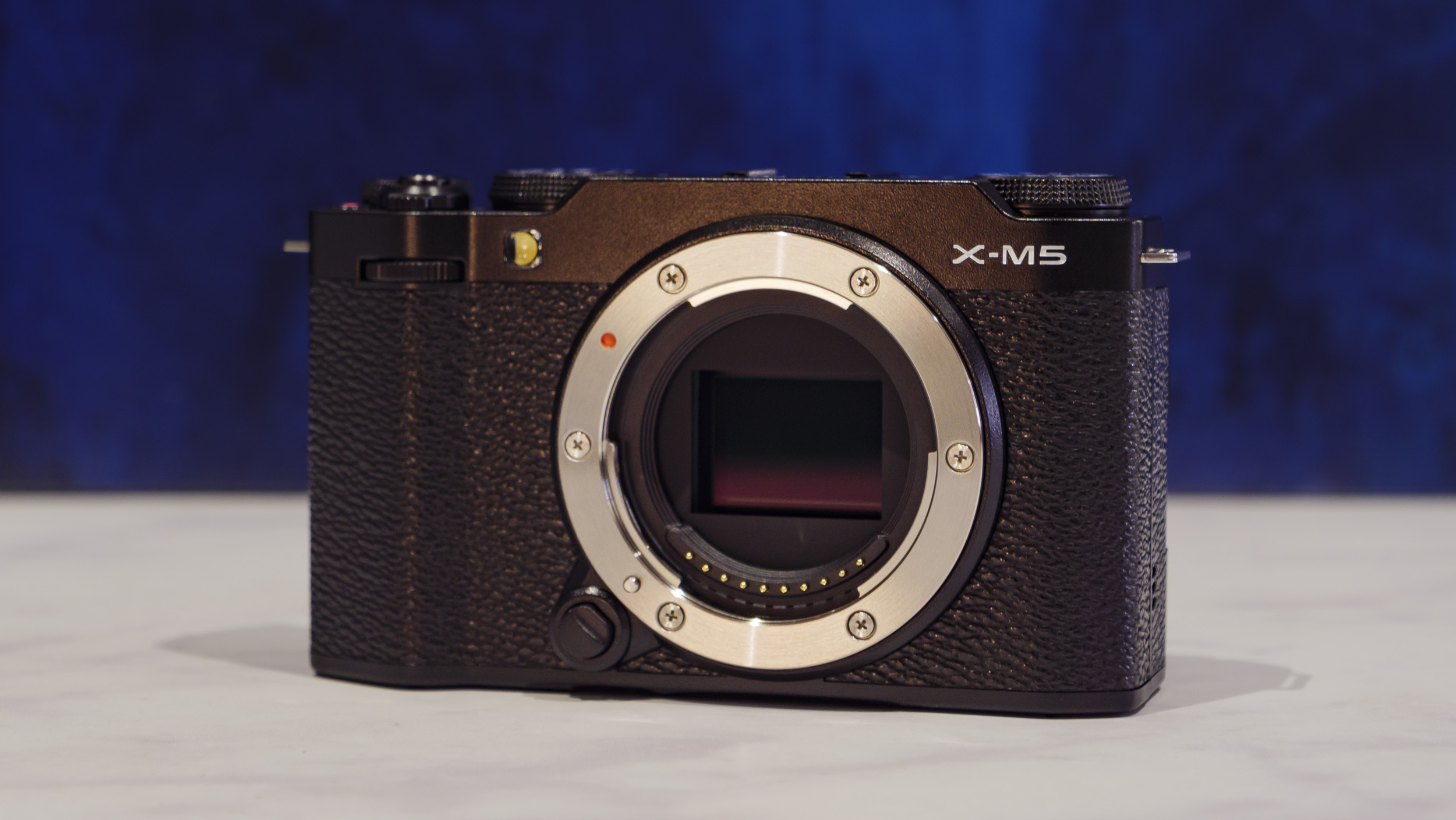
The Fujifilm X-M5 is sporting the classic Fujifilm retro look with faux-leather finish, plus a top plate (available in black or silver – I had the all-black version) with shooting mode and Film Simulation dials. Like the X-T50, the most popular film simulations are present, plus three customizable slots for your other favorites. The dial cannot be changed to control something else.
The flip-out screen is unimpeded, unlike on so many other cameras. That's because Fujifilm has positioned the ports on the opposite, right-hand side of the camera. There's also a new position for the mic input, just above where the screen rests. It's a logical placement near the hotshoe, which is where you can secure an external mic, meaning your cable doesn't need to get in the way of camera controls or the screen either.



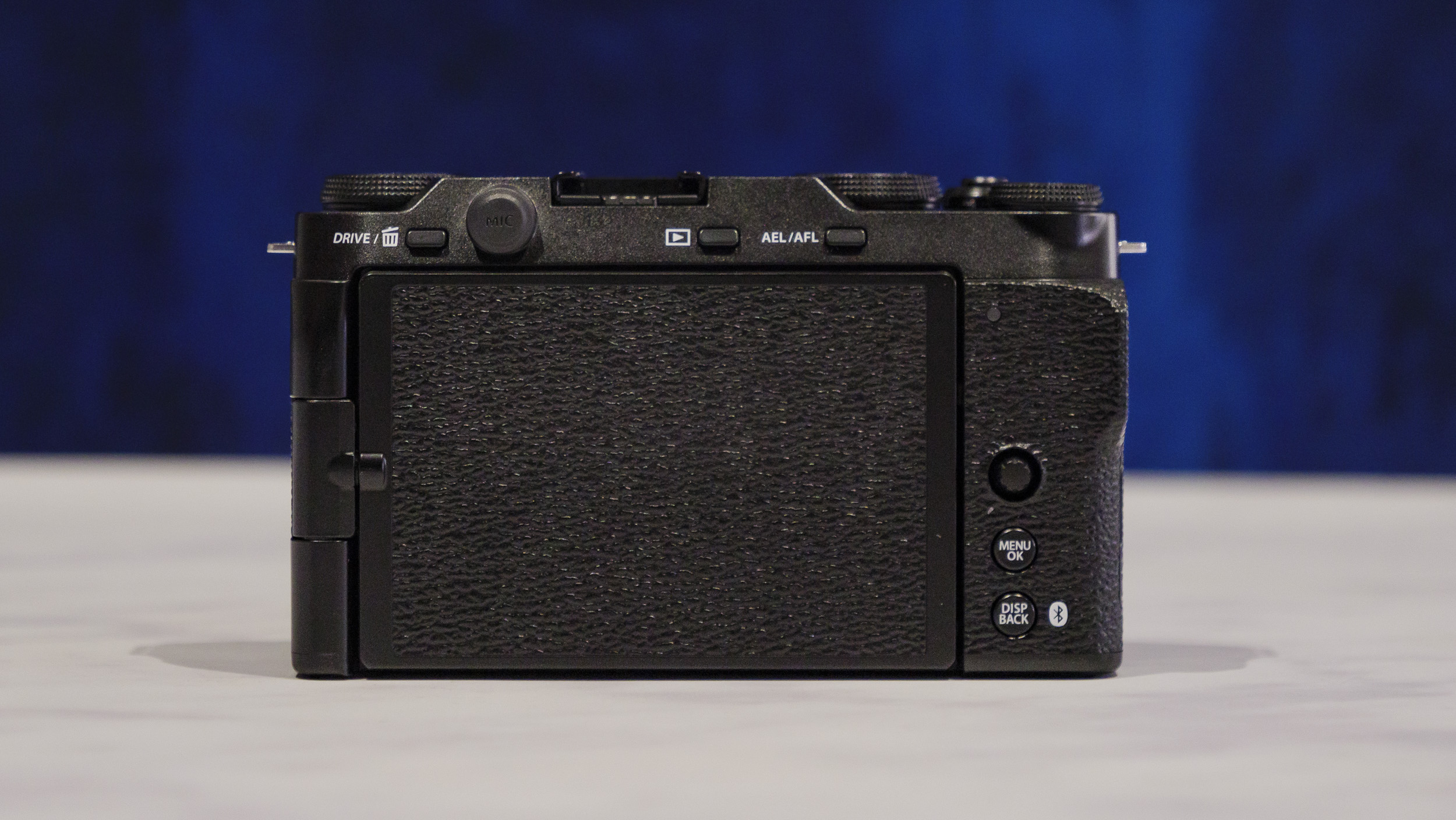

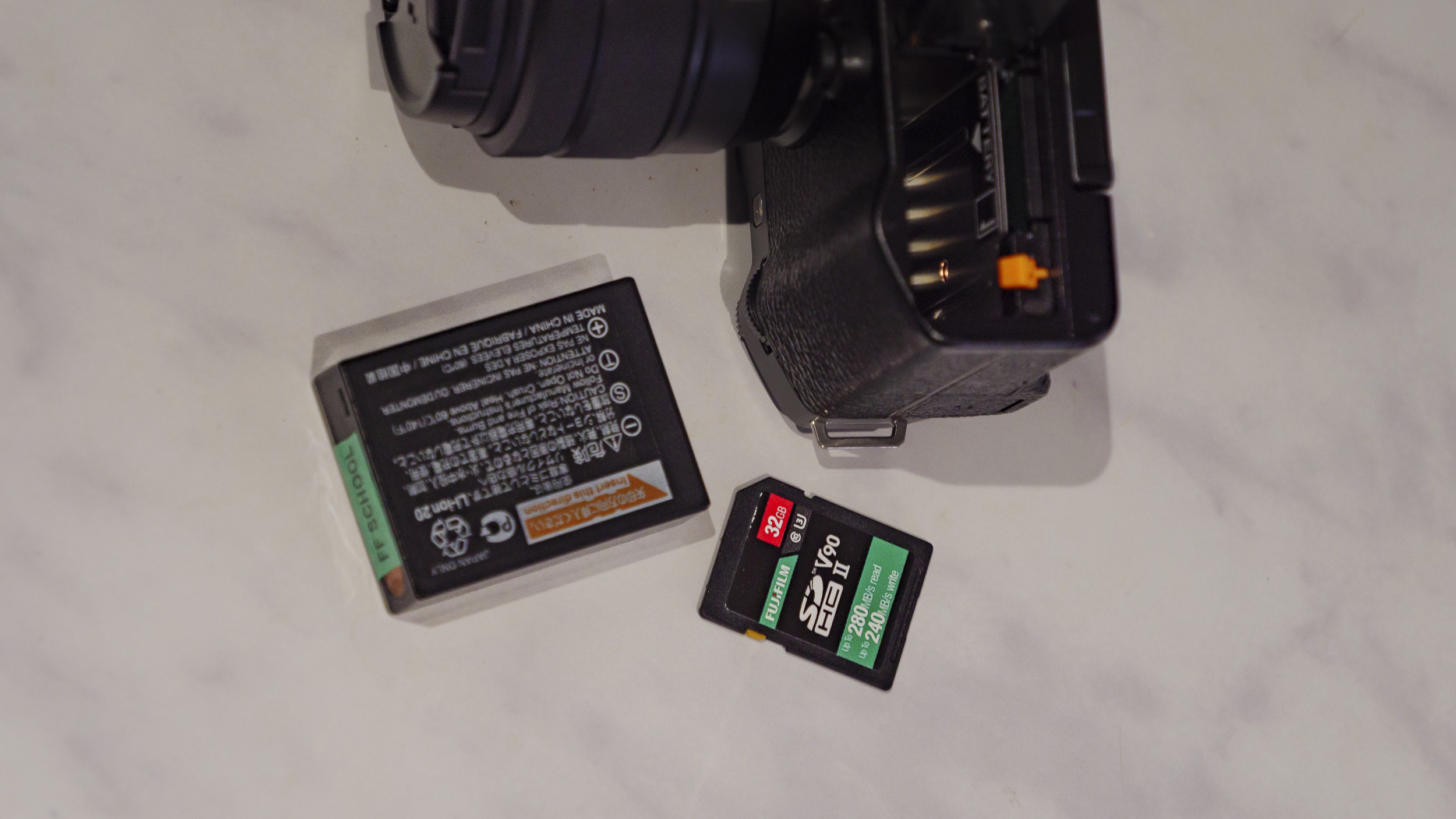
That 3-inch touchscreen is the lowest-spec screen in Fujifilm's range of cameras, with just a 1.04m-dot resolution compared to the 1.62m-dot and 1.84m-dot screens of the X-T30 II and X-S20 respectively. Still, you get a revised user interface with handy short cuts to shooting modes such as the new vertical video mode.
The X-M5 is powered by Fujifilm's NP-W126S battery, which is the same battery as found in the X-T30 II and other models like the X-T50 and X100VI. Here you get a 440-shot battery life, which is an improvement on some other models, thanks in part to Fujiflm's latest X-Processor 5 engine, although battery life is reduced to more like 330 shots if you're not in Eco mode.
The key difference between the X-M5 and Fujifilm's other entry-level camera, the X-T30 II, is that the latter has a viewfinder, which can be very helpful for composing photos in bright light. I only used the X-M5 in cloudy weather, but I suspect that in bright light it could be a challenge to view the flip-out screen clearly.
Fujifilm X-M5: features and performance
- 60-minute video record time
- Three internal directional mics
- Less effective digital image stabilization only
- 8fps / 30fps for up to 173 JPEGs
The X-M5 packs a lot of power for such a small camera, but there are also compromises. For example, it can shoot up to 8fps continuous burst sequences (using the mechanical shutter) or 30fps (with the electronic shutter), but the X-S20 is able to squeeze out more frames.
Both cameras use the same processor, so I can only assume that the limited performance of the X-M5 – a still respectable 173 JPEGs or 25 raws in continuous high mode – is due to the fact that it records onto UHS-I SD memory cards, while the X-S20 is compatible with the faster UHS-II SD-type memory card. The X-M5 is no slouch by any means, but it's a shame that it isn't compatible with the latest SD cards.
Offloading those files onto a smartphone should be a breeze. You don't even need to mess around with unreliable Bluetooth connections and slow transfer speeds – the X-M5 offers high-speed file transfer to a smartphone via USB connection, with Fujifilm's XApp. There's also frame.io camera to cloud storage and sharing available for subscribers.
Fujifilm has equipped the X-M5 with its best autofocus system with its latest subject-detection algorithms, including animal eye AF and touch tracking autofocus for video. In fact, it's better than higher-end Fujifilm cameras right now, although some of those cameras, like the X-H2S, will be improved with this latest algorithm via a firmware update.

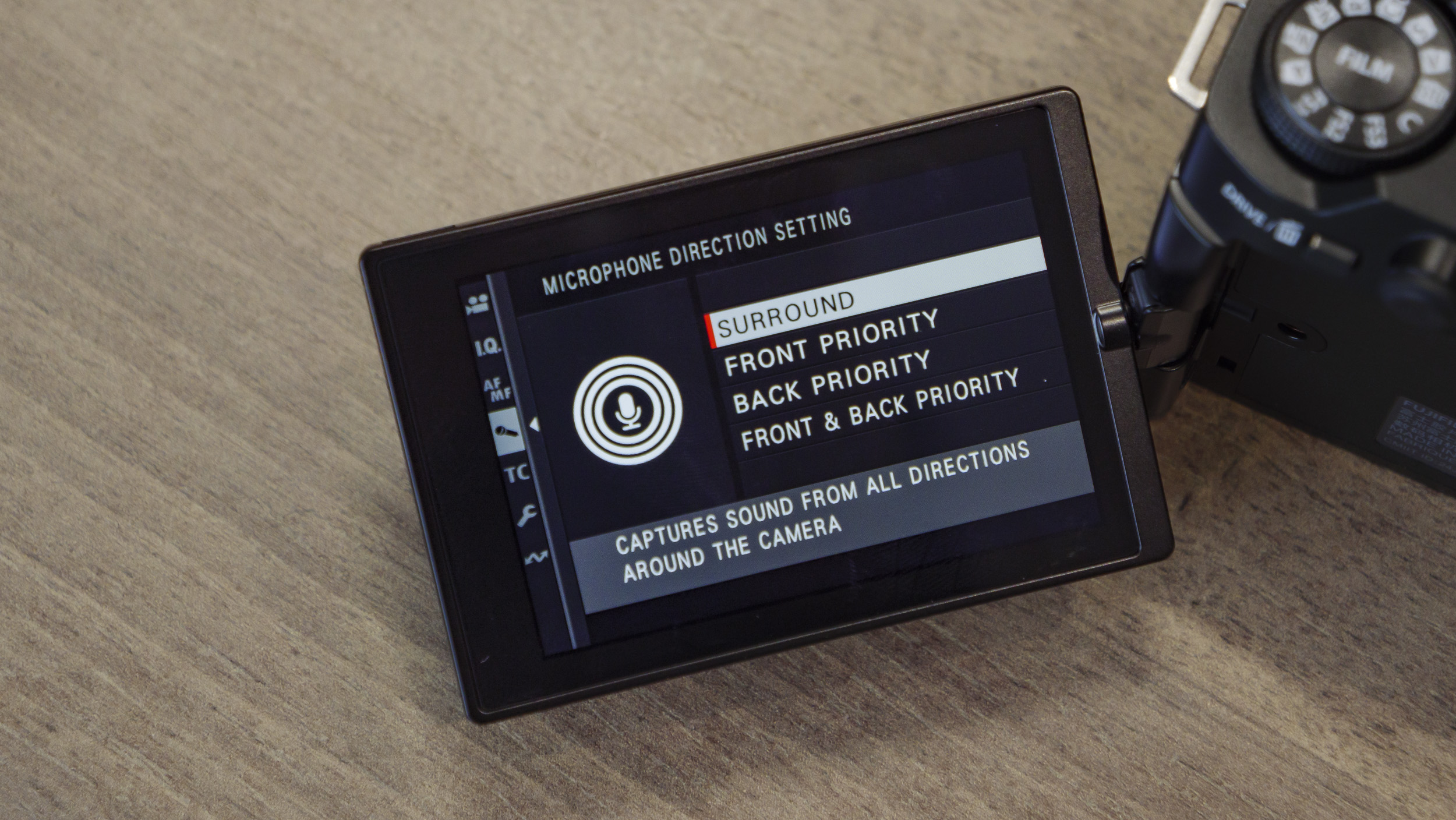
For me, a major downside to the X-M5 is that it lacks in-body image stabilization. To be clear, I wouldn't expect such a feature in a beginner camera given that you won't find it at this price point anywhere else. It just feels like a video-focused camera can really benefit from it, and if I was getting serious about video I'd turn my attention to the X-S20 instead.
The X-M5 utilizes digital image stabilization (DIS) instead, should you need it, and you will for handheld videos. The X-S20 also features DIS, which incurs a 1.1x crop of the image area; however, that crop is much more severe in the X-M5 – at least 1.32x and up to 1.44x depending on the video modes and frame rates.
If you want steady video, say for handheld vlogs, your frame will be cropped. That means you need a seriously wide-angle lens to fit yourself in the shot, otherwise vlogging won't really be possible with DIS employed. Alternatively, you can buy a gimbal to stabilize footage and keep DIS switched off. However, adding a gimbal pushes the price up, perhaps to the point where you might as well have bought the X-S20.
Audio recording quality is impressive. The X-M5 features three directional mics (there are two on the X-S20 and X-T30 II) that can be isolated or used together – so for example you can have the mics picking up just your voice vlogging, or audio from in front of and behind the camera for the camera-person and subject conversing, or complete surround sound that captures the ambient sound too.
Fujifilm says the X-M5 has an improved wind filter – though I can't vouch for how this has been improved from my limited testing – plus 'steady state' noise reduction. There's a mic input too, should you need even better audio recording.
Fujifilm X-M5: image and video quality
- 26MP stills and 6K/30p video
- 10-bit color depth and wide range of bitrates for various qualities / file sizes
- New vertical video mode for social media
I only had my hands on a pre-production version of the X-M5, just for a few hours, and so it's not possible for me to comment with authority on image quality. The raw photo files weren't even readable by any photo editor at the time of testing, as is the case with most cameras ahead of their announcement.
However, I have tested the Fujifilm X-S20, which shares the exact same 26MP X-trans CMOS 4 sensor and X-Processor 5 engine, plus the same 6K video resolution and frame rates, meaning that I already have a good idea of what to expect from the X-M5 – superb-quality photos and videos.
There are two key differences between the X-S20 and X-M5. The X-S20 features in-body image stabilization for smoother handheld video clips, plus a higher maximum 360Mbps bitrate to the X-M5's 200Mbps, meaning its best-quality video is less compressed. The X-S20 also imposes just a 1.1x crop when using its digital image stabilizer, while the X-M5's crop is more severe at 1.32x and higher.
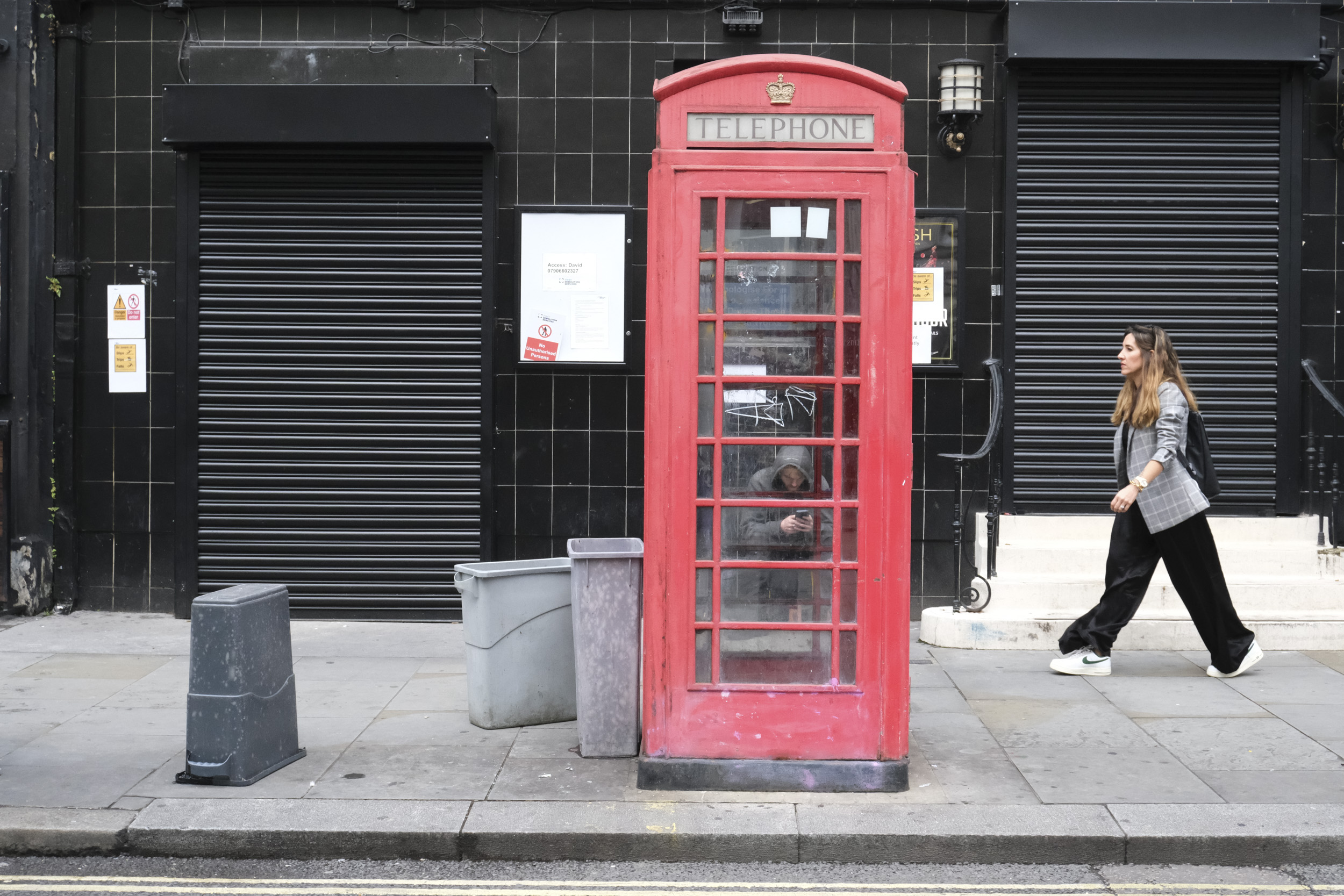


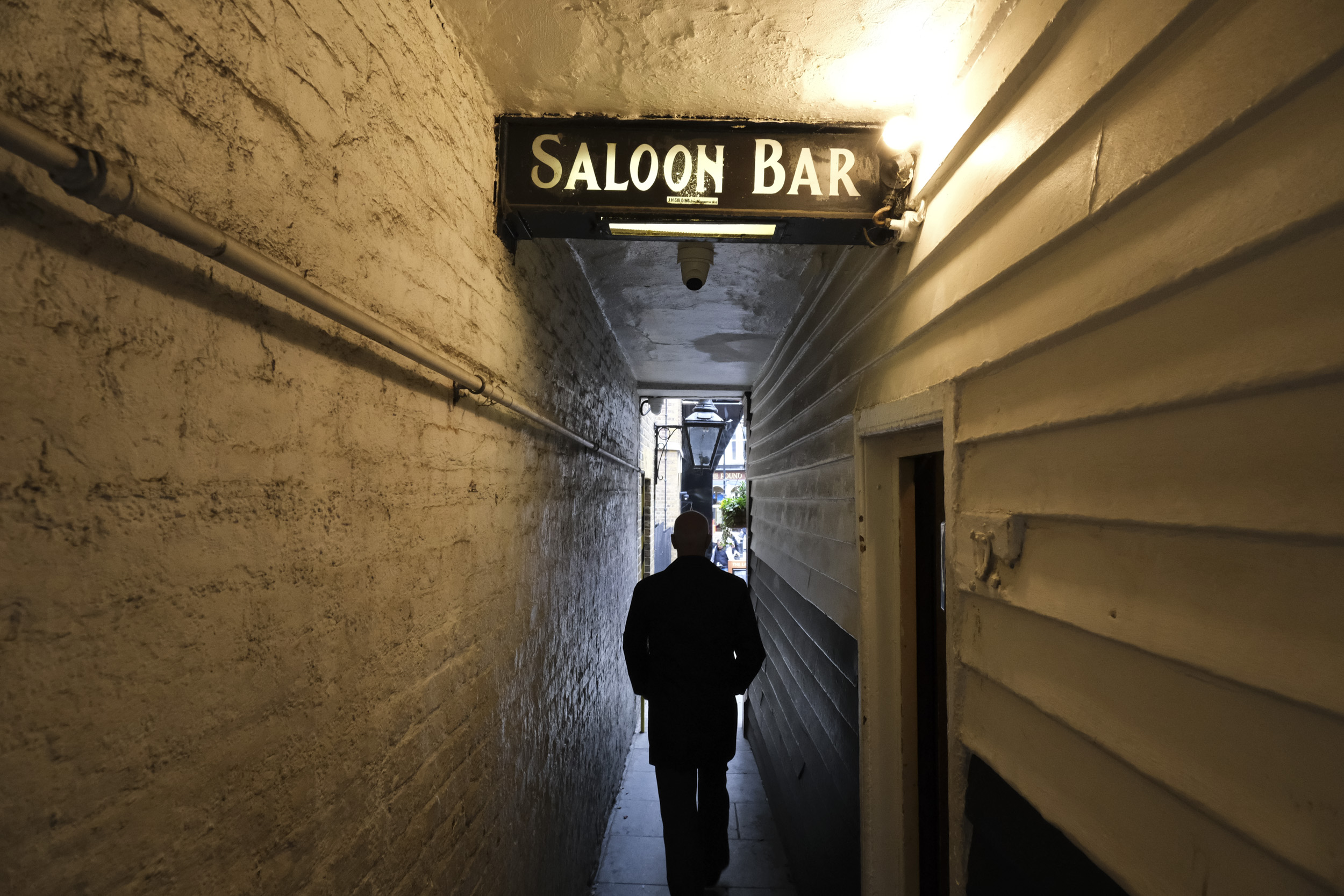




The lack of in-body image stabilization will probably have the most noteworthy adverse impact on video quality, especially for those who shoot handheld vlogs. Digital image stabilization, which works with the lens' optical stabilization, is far less effective, and using it incurs that severe 1.32x crop, so you'll need to use a particularly wide lens with the camera for vlogging, or splash out on a gimbal. We'll share more reflections about video quality without IBIS in our in-depth review.
Fujifilm has introduced additional 8Mbps and 25Mbps low bitrates for those who want to work with super-small video files sizes and don't mind the additional compression that affects outright quality. These low bitrates are not proxies recorded alongside higher bitrate videos – you choose the bitrate you want and that's that. Low bitrates are handy if you need to work fast on location, and don't have the time or capacity to work with large file sizes. If your videos are only going to be viewed on phones, these low bitrates are an acceptable option.
Otherwise, there's not a lot to choose between the two cameras, which reflects well on the X-M5 because it's so much cheaper, at just 56% the cost of the X-S20. The X-S20 has loads more going for it regarding its build and handling, but the X-M5 offers excellent bang for buck in terms of video quality.
How I tested the Fujifilm X-M5

- Just a few hours
- Not a final firmware version
- A photo and video walk around central London
Following an in-depth briefing with Fujifilm, I spent a couple of hours using a pre-production version of the of the X-M5 around central London during the day, mainly taking street photos and short-form 9:16 videos using the new video mode.
As I was using a pre-production model I'm not able to comment on image quality, nor the outright performance of the camera; rather, this first-look review constitutes my first impressions, and a general feel for the handling of the camera. TechRadar's full review will be published soon.
First reviewed October 2024
Comments
Post a Comment